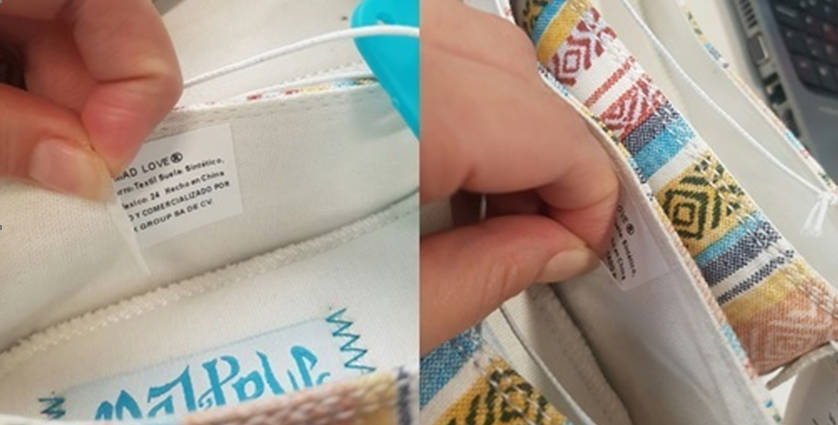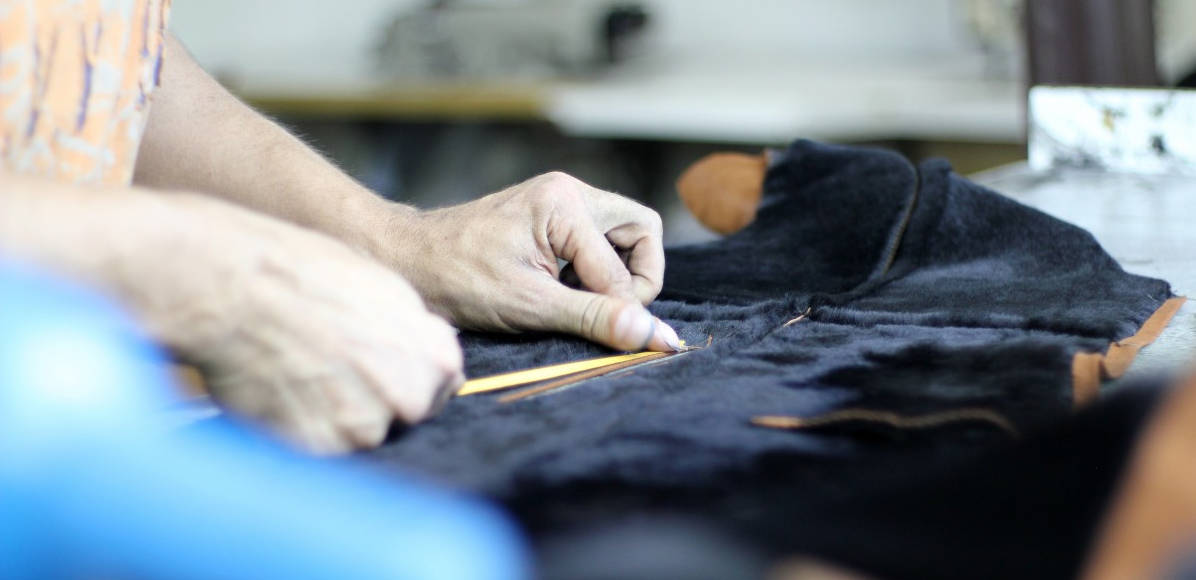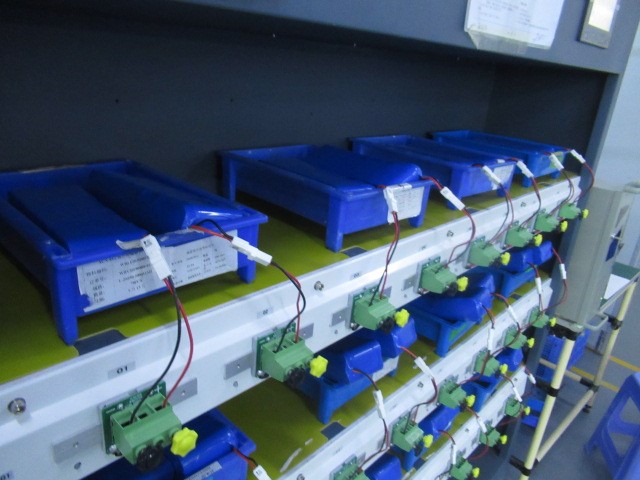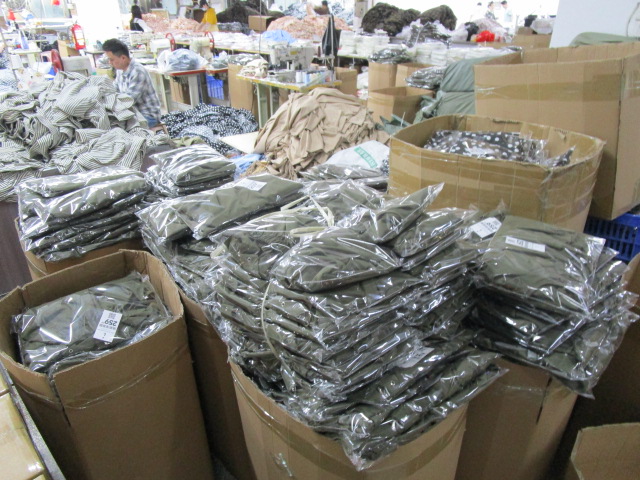
NBNQC is dedicated to offering global customers top-notch toy inspection services in Chinese factories. In this article, we will delve into the meticulous process of inspecting building block toys, such as LEGO toys, and explore the international standards that govern their production.
Section 1: Inspecting Building Block Toys
In this section, we will provide a step-by-step guide on how to inspect building block toys effectively, ensuring they meet the highest standards of quality and safety.
1.1 Packaging Inspection
The initial step in the inspection process involves a thorough examination of the packaging. The packaging can reveal vital information about the authenticity and condition of the product:
- Branding: Genuine building block toys, like LEGO, proudly display their brand logo on the box. Check for this logo, ensuring it aligns with your expectations.
- Seals and Tampering: Pay close attention to the seals on the box. Are they intact? Any signs of tampering, such as broken seals or resealed boxes, should immediately raise concerns.
- Warnings and Age Recommendations: Always read the safety warnings and age recommendations printed on the packaging. These guidelines are crucial for ensuring that the toy is suitable for age-appropriate play and safe use.
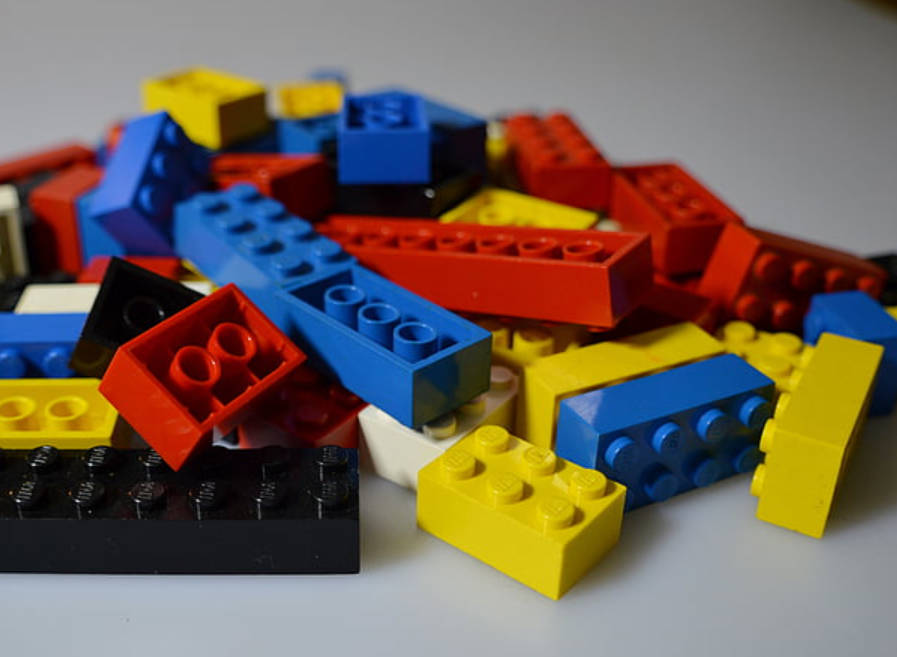
1.2 Brick Quality Examination
The core of any building block toy lies in the quality of its bricks. To assess the bricks’ quality effectively, consider the following:
- Color and Consistency: Authentic building blocks exhibit consistent colors and textures. Be wary of bricks that deviate from the expected hues or show noticeable inconsistencies.
- Clutch Power: A fundamental aspect of brick quality is the clutch power—the ability of the bricks to fit together securely without excessive force. Loose connections or bricks that are too tight may indicate subpar quality.
1.3 Safety Labels and Age Recommendations
Safety labels and age recommendations should be prominently featured on building block toy packaging. These labels are essential for ensuring safe and age-appropriate play:
- Safety Labels: Look for clear safety labels that indicate the toy’s compliance with relevant safety standards. Ensure that the product meets the safety requirements of the region where it will be sold.
- Age Recommendations: Age recommendations guide consumers in choosing toys that are developmentally appropriate for a child’s age. Always adhere to these recommendations for the child’s safety and enjoyment.
1.4 Instructions and Manuals
Building block sets typically come with detailed assembly instructions. These instructions play a crucial role in the overall experience:
- Completeness: Ensure that the set includes a complete and unaltered instruction manual. Counterfeit or substandard sets may feature missing or poorly printed instructions.
- Clarity: Check the clarity and comprehensibility of the assembly instructions. Clear, well-drawn diagrams and concise, easy-to-follow steps contribute to a positive user experience.
1.5 Quality of Accessories (Minifigures, Stickers, etc.)
Many building block sets include accessories such as minifigures and stickers. Assess the quality of these accessories to gauge the overall quality of the toy:
- Minifigures: Inspect minifigures for high-quality printing and detailing. Genuine minifigures typically feature sharp, well-applied graphics, while counterfeit ones may exhibit smudging or inaccuracies.
- Stickers: If the set includes stickers for customization, examine their quality. Authentic stickers should be well-printed, adhesive, and durable, while counterfeit ones may peel easily or have poor printing quality.
Section 2: International Standards for Building Block Toys
In this section, we will provide an overview of the international standards that apply to building block toys, ensuring their safety and quality.
2.1 CE Marking (European Union)
The CE marking is a mandatory requirement for toys sold in the European Union (EU). This marking signifies that the product complies with EU safety and environmental standards. Building block toys must undergo rigorous testing and meet these standards to bear the CE mark.
2.2 ASTM F963 (United States)
In the United States, building block toys are subject to ASTM F963, a comprehensive standard that addresses the safety of toys. This standard covers various aspects of toy safety, including small parts, lead content, and flammability.
2.3 ISO 8124 (International)
The ISO 8124 series of standards is internationally recognized and covers safety requirements for toys. Building block toys are tested for compliance with these standards, which ensure their safety and suitability for children of different age groups.
2.4 EN 71 (European Union)
EN 71 is a series of European standards that specify safety requirements for toys. To be sold in Europe, building block toys must meet the relevant parts of EN 71, which cover various safety aspects, including mechanical and chemical properties.
2.5 REACH (European Union)
Building block toys also comply with REACH regulations in the European Union. These regulations address the safety of chemicals used in toys and other products, ensuring that they do not pose harm to children or the environment.
2.6 Phthalate and Lead Testing
Regular testing is conducted on building block toys to detect the presence of harmful chemicals such as phthalates and lead. Stricter limits and regulations have been established to protect children from exposure to these dangerous substances.
2.7 Choking Hazard Standards
Building block sets are designed with careful consideration of choking hazards, especially for younger children. They undergo testing to ensure compliance with relevant standards regarding small parts and choking hazards.
Conclusion:
Inspecting building block toys is a meticulous process that involves scrutinizing the packaging, brick quality, safety labels, instructions, and accessory quality. These steps ensure the authenticity, quality, and safety of the toys. Additionally, international standards, including CE marking, ASTM F963, ISO 8124, EN 71, REACH regulations, and phthalate and lead testing, play a pivotal role in guaranteeing that building block toys meet strict safety and quality requirements. When purchasing these beloved toys, always opt for reputable sources to enjoy not only creative play but also peace of mind concerning safety and quality.


